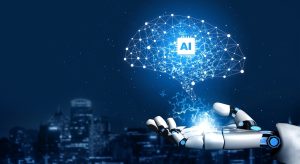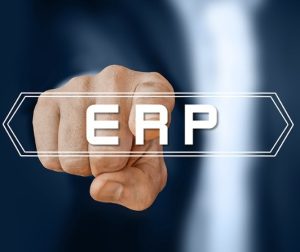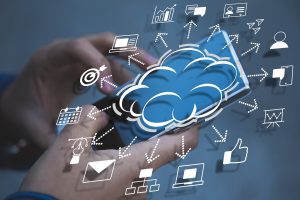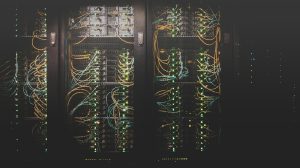
Artificial Intelligence, or AI, often feels like something out of a science fiction movie. But in reality, it’s all around us and has been in a some sort of form for a few decades. It touches our everyday lives in subtle and not-so-subtle ways. In this post, I will try to demystify AI and explore what it really is, how it works, and why it matters to you.
What is AI?
AI is about creating machines or software that can perform a range of tasks typically requiring human intelligence. These tasks might include understanding language, recognizing patterns, making decisions, or learning from experience.
Types of AI
AI comes in various flavors, but I will focus on two main types:
- Narrow AI: This is AI designed for a specific task. Here we can think of virtual assistants like Siri or Alexa, or recommendation algorithms on Netflix or Spotify, or even the software that powers self-driving cars like Tesla. It’s very good at what it does but can’t do anything else.
- General AI: This is the kind of AI that you see in movies – a system that can understand and perform any number of intellectual tasks as good as a human can.
How does AI work?
AI uses techniques from fields like computer science, mathematics, and neuroscience. Here’s a simple way to think about it:
- Data: AI systems need a an enormous amount of data to learn from. This data can come from text, images, videos, or other sources.
- Algorithms: These are the rules or steps that tell the AI how to process the data provided. One common type is machine learning, where the AI system “learns” patterns from data to make predictions or decisions.
- Training and Testing: AI systems are trained on a portion of the data to understand patterns. Then they are tested with new data to see how well they perform. This process helps improve their accuracy.
Why does AI matter?
AI is much more than just a cool tech trend as it has real-world implications. It can help doctors diagnose diseases, make cars safer, personalize education, and even help to combat climate change. At the same time, AI raises questions about privacy, job displacement, and ethical use. As AI becomes more integrated into our lives, it is crucial to understand its impact.
What is next for AI?
Even with all the recent developments, the future of AI holds very exciting possibilities.
We will see more advanced AI in healthcare, personalized experiences in entertainment and gaming, and smarter systems in our cities. But it’s also a future that requires careful thought and responsible development to ensure AI benefits everyone.
In short, AI is a powerful tool with the potential to change our world. By understanding what it is and how it works, you can better navigate the AI-driven future ahead.









